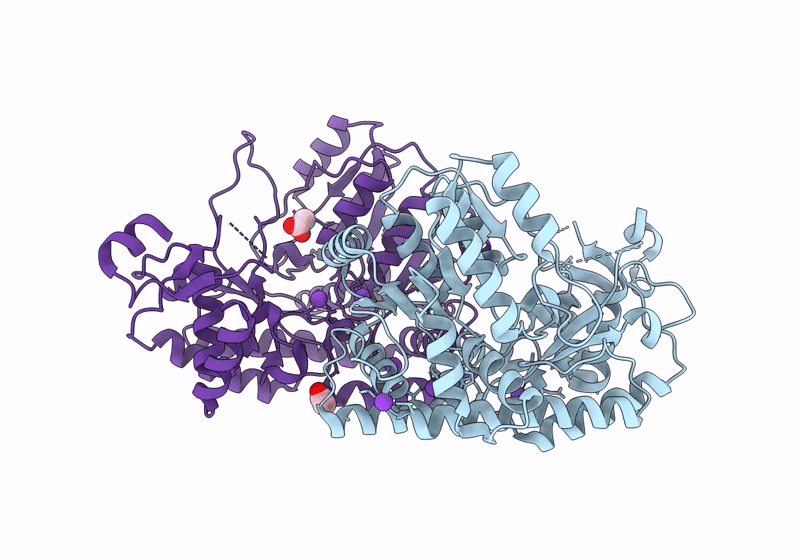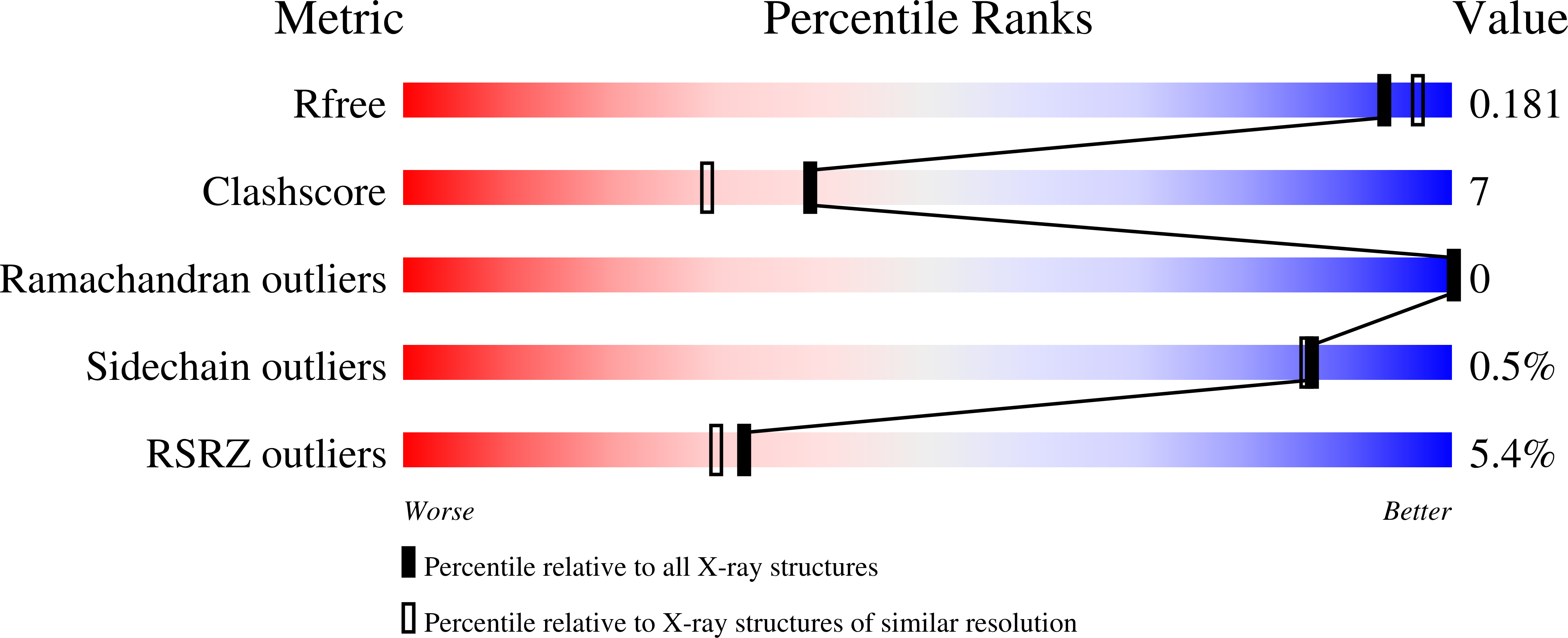
Deposition Date
2024-06-26
Release Date
2024-09-25
Last Version Date
2024-12-11
Entry Detail
PDB ID:
9CEN
Keywords:
Title:
Structure of the thiocysteine lyase (SH) domain from guangnanmycin A biosynthetic pathway
Biological Source:
Source Organism:
Streptomyces sp. CB01883 (Taxon ID: 1703943)
Host Organism:
Method Details:
Experimental Method:
Resolution:
1.80 Å
R-Value Free:
0.18
R-Value Work:
0.14
R-Value Observed:
0.14
Space Group:
P 1 21 1


